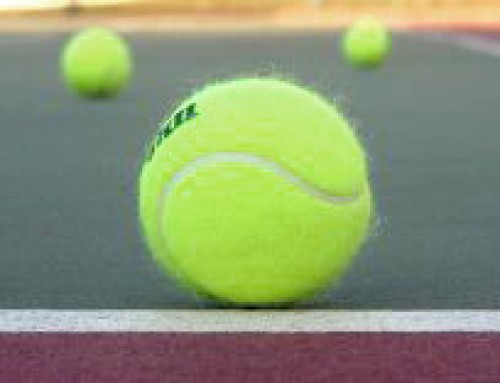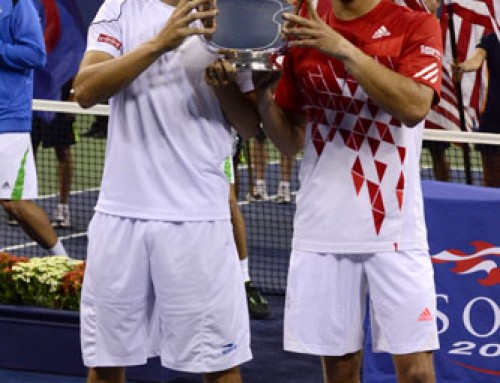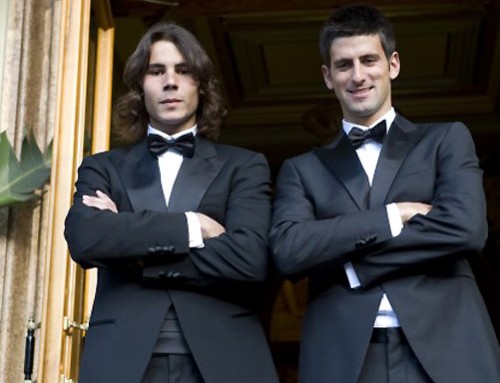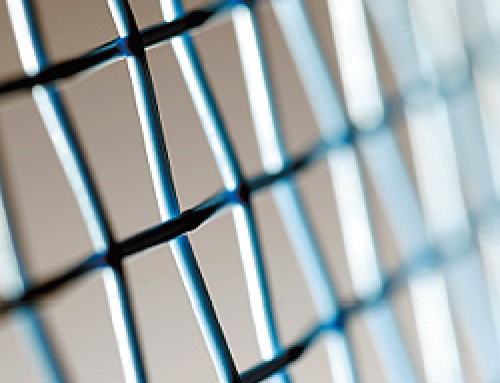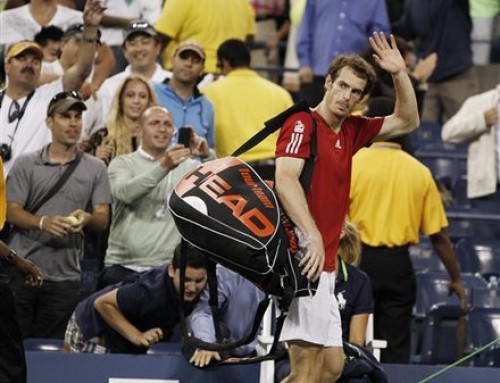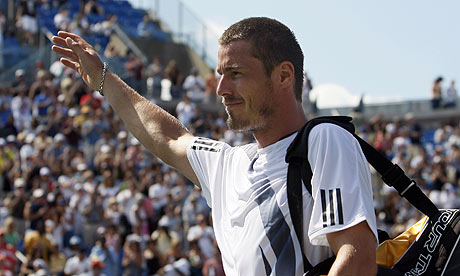 Marat Safin had one of those careers that had a peak very early on when he reached the finals of the US Open in its millenial year and beat Pete Sampras in straight sets. Here was a talent that people thought, for sure, would rise to the top.
Marat Safin had one of those careers that had a peak very early on when he reached the finals of the US Open in its millenial year and beat Pete Sampras in straight sets. Here was a talent that people thought, for sure, would rise to the top.
Safin would not win a second title until 2005 where he beat Lleyton Hewitt in the final of the Australian Open. That would be his last Grand Slam title.
That second title came at the expense of Roger Federer who he beat in an epic five set match winning 9-7 in the fifth.
People looked at Marat Safin and thought his talent was limitless, that he would be one of the guys contending for Slams with Roger Federer.
Like Federer, Safin had a bit of a temper. He would flare up, but his play would suffer. In 2006, a knee injury would leave Safin off the circuit for quite some time, his ranking plummeting into triple digits. When he came back, he was never quite the same. He would never get to the quarterfinal again with the sole exception of 2008 where he reached the semifinals of Wimbledon, the tournament he liked least.
Safin announced at the beginning of the year that this year would be his last. At age 29, he had had enough. Safin never achieved the kind of peace and superlative play that Roger Federer did. Late in his career, he had arrived at a tournament, his face beaten. A fight, he said, one he won. Safin seemed to invite trouble, most likely due to his temper, something he seems to share with his sister. People looked at Safin and shook their heads. How good could have been if he’d only taken his career seriously?
Safin’s career and Gulbis’s career seem to have similar themes. Two players that have immense talent. But where Gulbis seems a bit too cheerfully unaware, a bit of an idiot savant of tennis, Safin seemed brooding, unable to reign in his emotions, and unable to stay fully healthy, a feat that has surely made Roger Federer the player he is today.
Safin had no regrets though. He felt his career was a good one, one he could be proud of. Others, of course, think otherwise, but Marat never seemed to pay them any heed. The only person he had to make happy was himself.
And so, fans hoped Safin could make another run in his last tournament, but there was no Agassi-like moment, hobbled by a bad back, summoning the courage to beat Marcos Baghdatis in 2006. Instead, Safin lost to another veteran, Austrian Jurgen Melzer. After taking the first set 6-1, he lost the next three sets, 6-4, 6-3, 6-4.
Another player also called 2009 his last year on tour. Fabrice Santoro is 36 years old. He plays like no one else on tour. He claimed he had a game better suited to the 1970s. He couldn’t hit as hard as the best players but managed a career that saw him turn pro in 1989, the year that Chang won the French Open. Santoro had only ever gone past the fourth round of a Slam once. He reached the quarterfinals of the Australian in 2006.
His heights were never the heights of someone like Marat Safin. His ranking stayed around the 40s most of his career. The great Roger Federer had some difficulties playing Santoro early in his career, and he credited Santoro for teaching him something about how to play the game. Santoro had a strange style. Two hands on his forehand and backhand, he had great touch, slicing his forehand, able to drop shot and lob, and had good feel at the net. While his career did not reach the heights of Safin, he can still feel proud that he stayed on the tour for 20 years.
Michael Chang watched Santoro play last year at the International Hall of Fame. Chang was being inducted into the Hall, and he remarked that he had played Santoro back when they were both 12 years old. Chang didn’t play into his 30s like Santoro.
It’s interesting that Santoro lead their head-to-head 7-2. To be fair, they haven’t played each other since 2005. They played 6 times in the period between 1999 and 2000 mostly prior to Safin winning his first Slam.
Santoro lost to a different former number 1, Juan Carlos Ferrero, in straight sets.
Today was the first “match” for Richard Gasquet since he was accused then cleared of cocaine use. He had played qualifying in New Haven, but lost right away. Gasquet didn’t appear to use his time off to do anything much to improve his game, and lost in straight sets to Nadal. The result was not unexpected.
del Potro beat countryman Juan Monaco easily in straight sets, showing he’s recovered (not surprisingly) from the loss against Murray, one that caused him to skip Cincinnati. Monfils beat countryman Chardy easily as well. Hewitt defeated Chela, and will now face Roger Federer, who beat German, Simon Gruel, 6-3, 7-5. 7-5. Federer had never played Gruel who gave Fed a tough time, but not enough to win a set.
Gilles Simon, who has had a poor year, actually won a match, beating Gimeno-Traver in straight sets. Stakhovsky, who Murray beat to win the US Open junior title, lost in five sets to Petzchner, the guy that beat Sam Querrey a few weeks ago.
Tomorrow several Americans play. James Blake and Andy Roddick will play on Arthur Ashe Stadium. Djokovic will take on Carsten Ball who Querrey beat in Los Angeles to win his second title ever. Querrey will battle American, Kevin Kim. Robert Kendrick and John Isner are scheduled to play. Kendrick will play Wimbledon semifinalist, Tommy Haas, while Isner will play the only Turk in the draw, Marsel Ilhan. Finally, University of Virginia alum and two time NCAA champ, Somdev Devvarman will take on German, Philipp Kohlschreiber, the guy that beat Djokovic in the 3rd round of the French.
In the meanwhile, Safin and Santoro both wave good-bye to their last Slam. One leaves wondering perhaps what could have been, and other leaves reflecting back on 20 years of tennis, playing the generation of Sampras and leaving in the generation of Federer. It’s a bit ironic that the player that never reached a final of a Slam would be considered the one that had the fuller career, that created a style unique to the game, and found ways to beat guys bigger and stronger than him.
The US Open is often more than just Roger Federer and the top 4 players vying for the title. Often there are many smaller stories in the tournament from a player like Devin Britton playing in the main draw for the first time, a guy just starting his career, to a player like Sam Querrey who is making that push upwards, to Safin and Santoro who wave their final goodbyes to a job many fans wish they could have.



